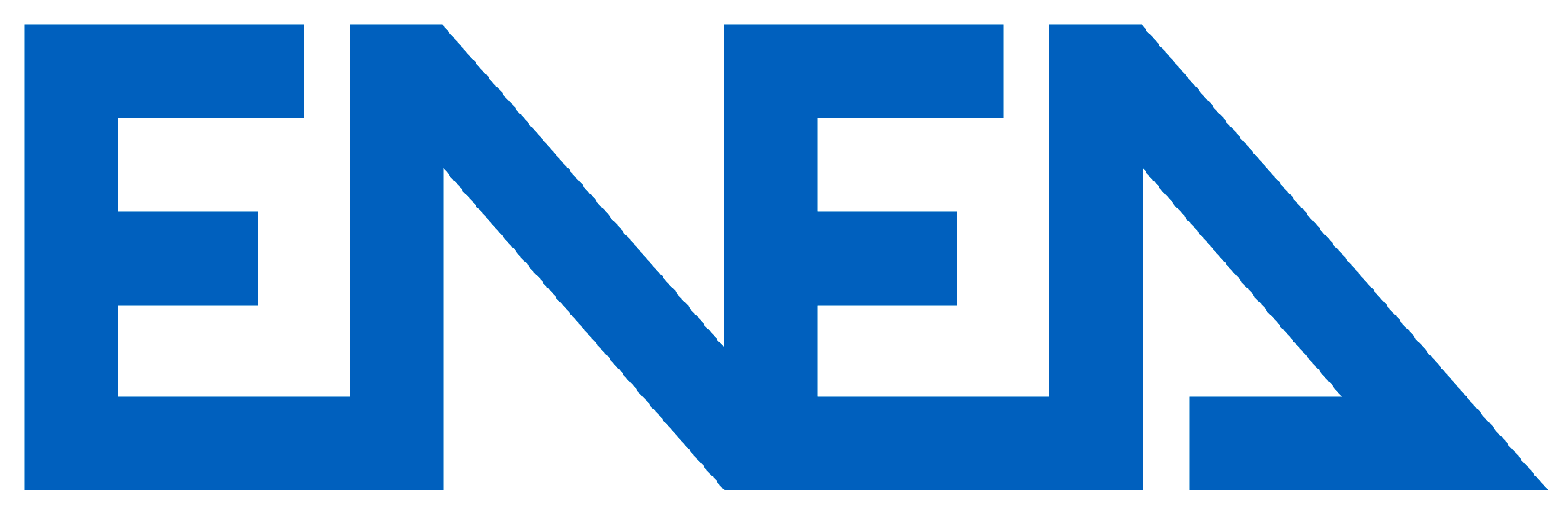Italian National Agency for New Technologies, Energy and Sustainable Economic Development

Agriculture: ENEA-FOS Microcosm to study water stress impact on grapevines
A study conducted by the Santa Chiara Lab of the University of Siena
The Santa Chiara Lab of the University of Siena chose “Microcosmo”, an hi-tech simulator of a cultivated field created by ENEA and FOS spa, to perform the experimentation to study stress water impact on vines, conducted as part of the activities of the METROFOOD – PNRR project.
The ENEA-FOS Microcosm is a unique tool for growing olives, potatoes, tomatoes, lettuce and basil indoors even in extreme environments and still using soil.
It differs from greenhouses and typical growth chambers mainly through the use of sensors to control environmental parameters - which influence plant growth, development and reproduction - and LED lighting which allows for precision illumination through selected wavelengths instead of the entire solar spectrum.
“Its innovative and technically advanced features make it an instrument of choice for advanced research in various research domains, including plant physiology, agronomy, agroecology and ecophysiology,” explained the ENEA inventor of Microcosm, Luigi d’Aquino, researcher at the Sustainable Agri-food Systems Division.
“With these simulators, acquired through the company Piano Green, the Santa Chiara Lab of the University of Siena will be able to replicate extreme environmental conditions to study how vine rootstocks react” said Professor Giampiero Cai, scientific director of the Santa Chiara Lab. “The rootstocks we use come from collaborations with the universities of Padua and Milan and ensure a leap in quality for our research. Before being studied in the Microcosms, the rootstocks are chosen based on specific, rigorous criteria in our aeroponic system. This research is crucial for developing more sustainable and robust agricultural practices, ensuring sustainable wine production and providing companies with advanced technologies and excellent research that can improve production efficiency, reduce operating costs and mitigate the risks associated with climate change,” continued Cai.
“The scientific success of the use of ENEA-FOS Microcosms at a center of excellence like the Santa Chiara Lab of the University of Siena makes us particularly proud,” pointed out Giorgio Allasia, COO Business Unit Engineering & Technology Transfer of FOS. “I believe that the challenge we faced together with ENEA to transform a state of the art scientific vision into a product that can support industry laboratories in the scale-up of research activities can be considered a success. Furthermore, we created the company Piano Green to operate vertically in the Agritech sector and supply the devices to interested entities,” continued Allasia.
“Piano Green positions itself as a partner to institutions involved in high-level scientific research. The partnership with the Santa Chiara Lab is a great example of Made in Italy collaboration between industry and research”, said Fabienne Moretta, CEO of Piano Green.
